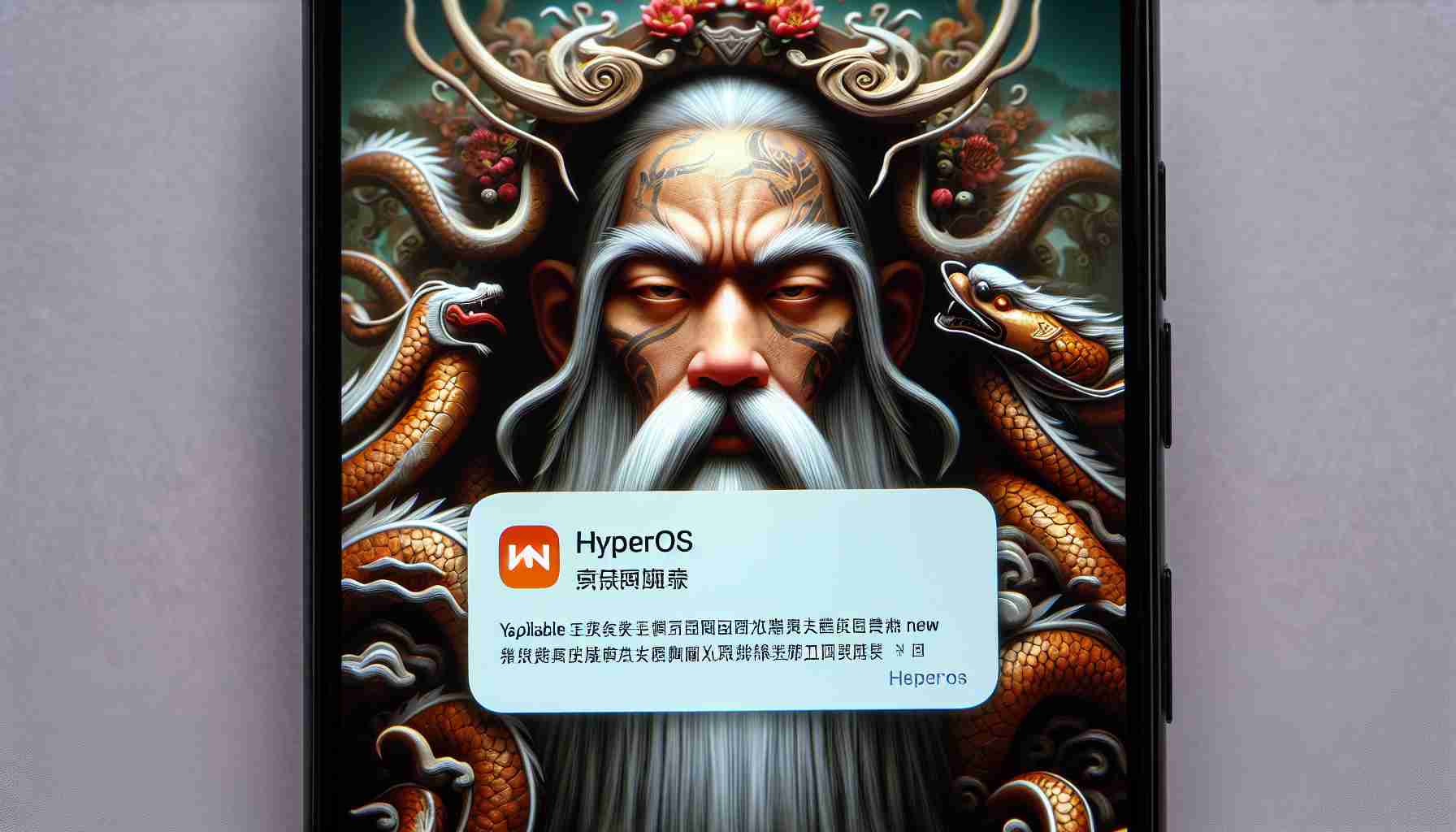Xiaomi has finally released a stable update of HyperOS for the Redmi K50 model in China. The software update 1.0.2.0.ULNCNXM is now being rolled out to all users and weighs approximately 5.7GB. The deployment process is gradual and may take some time to reach every device after successful verification with a small group of users. However, the update brings many new improvements and feature upgrades.
The new update introduces all the new HyperOS features along with the luxury of Android 14. Along with new features and enhancements, the update also brings the January 2024 security patch. The goal of the update is to improve system performance and energy efficiency. After the update, the smartphone may experience overheating or have some issues for a few days. However, shortly after the optimization for the new system is completed, everything will return to normal.
The Redmi K50 initially received the HyperOS developer version, followed by beta versions, and now the stable version is available. As stated in the second batch of devices receiving HyperOS, the Redmi K50 is finally getting it.
Below is the official changelog for HyperOS (translated):
Xiaomi HyperOS
ThePaper OS Xiaomi creates an operating system for people, cars, and homes in a “full ecology.”
System
Google security patch update (2024#01) to improve system security.
Low-level refactoring
The Xiaomi ThePaper OS low-level layer is reconstructed, which is key to harnessing excellent hardware performance.
Key task identification and dynamic tinting technology dynamically control resource allocation based on task significance, providing higher performance and lower energy consumption.
Ultra-low rendering module improves battery life and provides smoother animation effects.
Integrated SOC frequency module combines the hardware resources of the entire device for faster response to changing computational power requirements, resulting in fewer performance drops.
Intelligent IO engine prioritizes IO execution to avoid latency and ensure smoothness.
Mass memory refresh technology reduces mass memory fragmentation, enabling long-term usage as new.
Enhanced intelligent network selection capabilities ensure smooth connectivity in poor network conditions.
Intelligent signal selection engine dynamically adjusts antenna strategies, improving signal stability.
Intelligent inter-device connection
Xiaomi HyperConnect RAM enables efficient device connection and achieves ultimate collaboration.
The new integrated device hub allows real-time dynamic connection and display and control of devices in the surroundings in the control center.
Inter-device experience has been completely updated, supporting cross-device invocation of various hardware capabilities such as cameras, screens, and communication.
Data and services such as applications, sound and video, and the clipboard support seamless flow between multiple devices.
Global security
Security and privacy architecture for inter-device connections.
Devices verify mutual security using TEE, and data transmission is encrypted at the hardware level.
Privacy system on all devices, including internet permission management, internet activity reminders, and internet activity logs.
Aesthetics of Life
Life aesthetics oriented towards globalization creates delicate and comfortable visual effects and consistent dynamic effects. Diverse word combinations bring a new aesthetic system experience.
The new animation language offers a lightweight and consistent global motion experience.
Energetic color style, natural colors full of vitality, give the interface a completely new look.
Unified system fonts designed for the whole world.
New weather design and real-time weather engine create a surreal visual experience.
The global key information notification system dynamically displays changes.
The new artistic lock screen turns every photo into a poster. It also features a dynamic glass material that makes the screen unique when illuminated.
Desktop icon design improved, with colors and shapes completely redesigned.
Independently developed multiple rendering technologies present delicate and comfortable natural visual effects.
Window management for multitasking has been rebuilt, with unified interactions that are efficient and easy to use.
Users can go to Device Settings > About > Software Updates > Check for updates to download the latest software. Before updating, make sure your smartphone has enough space and battery, otherwise it may cause problems that could even damage your data.
Source: [article source] Media: [media name]
FAQ section related to the article:
1. What is the availability of HyperOS update for the Redmi K50 model?
The HyperOS update for the Redmi K50 model is now available to all users in China. The deployment process is gradual and may take some time.
2. What new features and improvements does the update bring?
The new update introduces all the new HyperOS features along with the luxury of Android 14. Additionally, the update includes the January 2024 security patch.
3. What are the goals of the HyperOS update for the Redmi K50?
The goal of the update is to improve system performance and energy efficiency.
4. Can device overheating occur after the update?
Yes, after the update, the smartphone may experience overheating or have some issues for a few days. However, after the optimization is completed, everything should return to normal.
5. What are the key features of HyperOS?
Key features of HyperOS include low-level refactoring, intelligent inter-device connection, global security, and aesthetics of life.
6. How can users download the latest software?
Users can go to Device Settings > About > Software Updates > Check for updates to download the latest software.
Definitions of key terms and jargon:
1. HyperOS – Xiaomi’s operating system for smartphones, cars, and homes.
2. ThePaper OS – Xiaomi’s operating system.
3. Security patch – An update that improves system security.
4. Low-level refactoring – Rebuilding the lower-level layer of the operating system to improve hardware performance.
5. SOC – System on a Chip, an integrated circuit that contains a processor, RAM, GPU, and other components.
6. TEE – Trusted Execution Environment, a trusted execution environment that provides security for processes and operations at the hardware level.
Suggested related links to the main domain:
– Xiaomi Homepage
– Mi Global
The source of the article is from the blog crasel.tk
